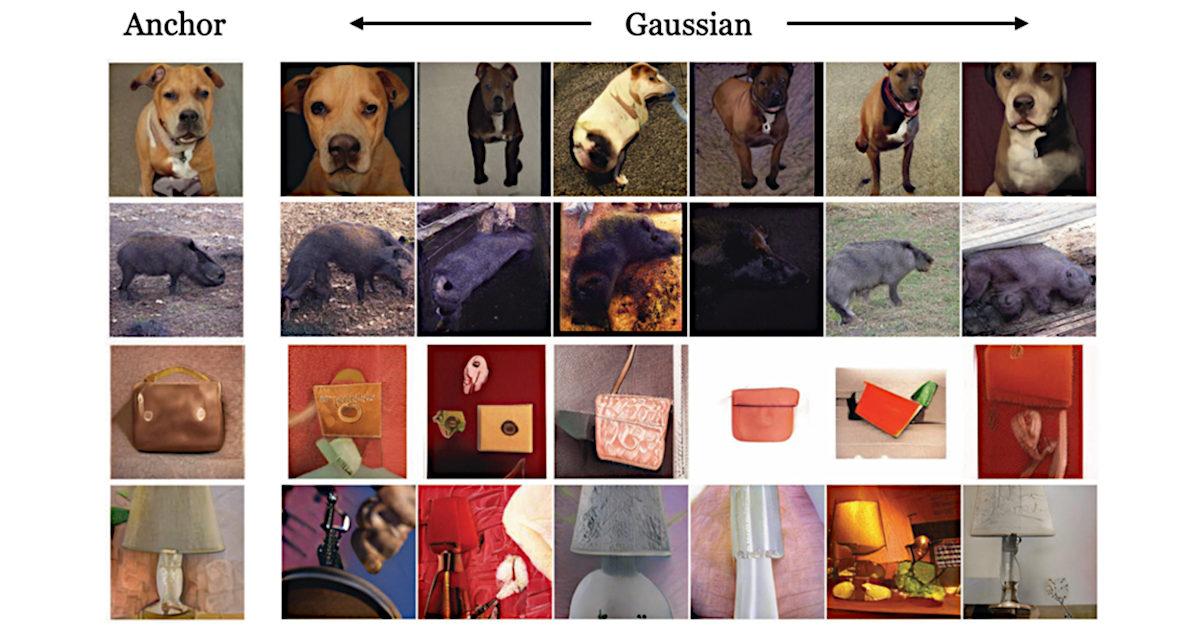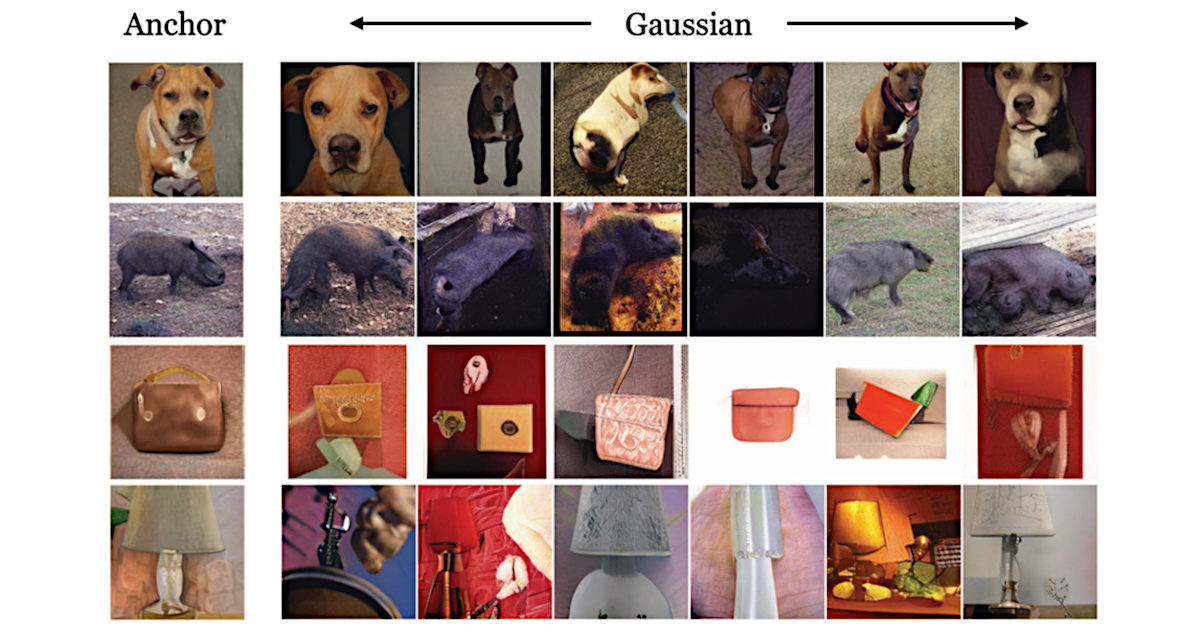Image: Diverse Stock Photos (Flickr)
Analyst Believes Tech and Innovation are Severely Oversold
On Tuesday, it was reported that Cathie Wood’s Ark Innovation ETF experienced the highest amount of inflows since May of 2021. The fund returned over 10% during the week despite the Fed raising rates and guiding expectations toward continued increases. Does this mark the turnaround in the performance of innovative companies? JP Morgan’s Marko Kolanovic seems to think so.
According to a research note published on Thursday (March 17) from Marko
Kolanovic, the market segment is cheap. The thoughts of the Global Head of Macro Quantitative and Derivatives Research for the investment bank are particularly noteworthy as his recent track record in related sectors is excellent. For example, Kolanovic warned
investors in 2021 about the bubble in innovation stocks, the potential for a commodity supercycle, and even geopolitical risks in 2022. These are eye-opening credentials, considering the AARK Innovation Fund is now down more than 50%, oil is up over 50%, and an unexpected war broke out in Europe.
Here’s Why
As we step into Spring 2022, we find many innovative tech stocks that had rocketed during the pandemic, now well off their highs – some more than 80% below their peak. Stocks that investors were tripping over themselves to buy as they marched higher in late 2020 and 2021 while their businesses caught investor attention are sitting at levels Kolanovic sees as an early turning point.
In his note he indicates that he believes the sell-off overshot to the downside and a turning point will come, even though risks remain in the stock market in general, “Markets may anticipate these turning points sooner, and we think it is time to start adding risk in many areas that overshot on the downside year-to-date,” Kolanovic said.
What’s Included in Forecast
JPM’s quant and derivatives head believes some of the collapse has been liquidity-driven. Beaten down sectors like biotech, emerging markets, innovation, and tech were all mentioned as providing opportunities. He pointed out that many of these market segments are trading at “all-time valuation lows (including previous recessions and periods of much higher interest rates).”
Kolanovic expects “great opportunities in high-beta, beaten-down segments that include innovation, tech, biotech, emerging markets.” While investors have been focusing their concerns on inflation and a potential recession, he doesn’t believe the US is headed toward a recession – though he’s not ruling out one in Europe or a further slowdown in the US.
The caution here is that investors need to do their homework, look at professional research and know
the company. Investors shouldn’t indiscriminately buy beaten-down tech stocks, he cautioned, as “not all assets are cheap” amid rising interest rates and a slowing US economy. “While the commodity supercycle will persist,” the strategist said, “the correction in bubble sectors is now likely finished, and geopolitical risk will likely start abating in a few weeks’ time (while a comprehensive resolution may take a few months),” Kolanovic wrote.
Managing Editor, Channelchek
Suggested Reading
 Cathie Wood is Even More Positive About Innovative Companies with Global Turmoil
|
 Cathie Wood Thinks if There is No Blood in Your Street, You Should Move
|
 Michael Burry’s Public Investments in SPACs, Prisons, and Electric Hogs
|
 IRA Investments and Small Cap Stocks
|
Sources
Stay up to date. Follow us:

|







































